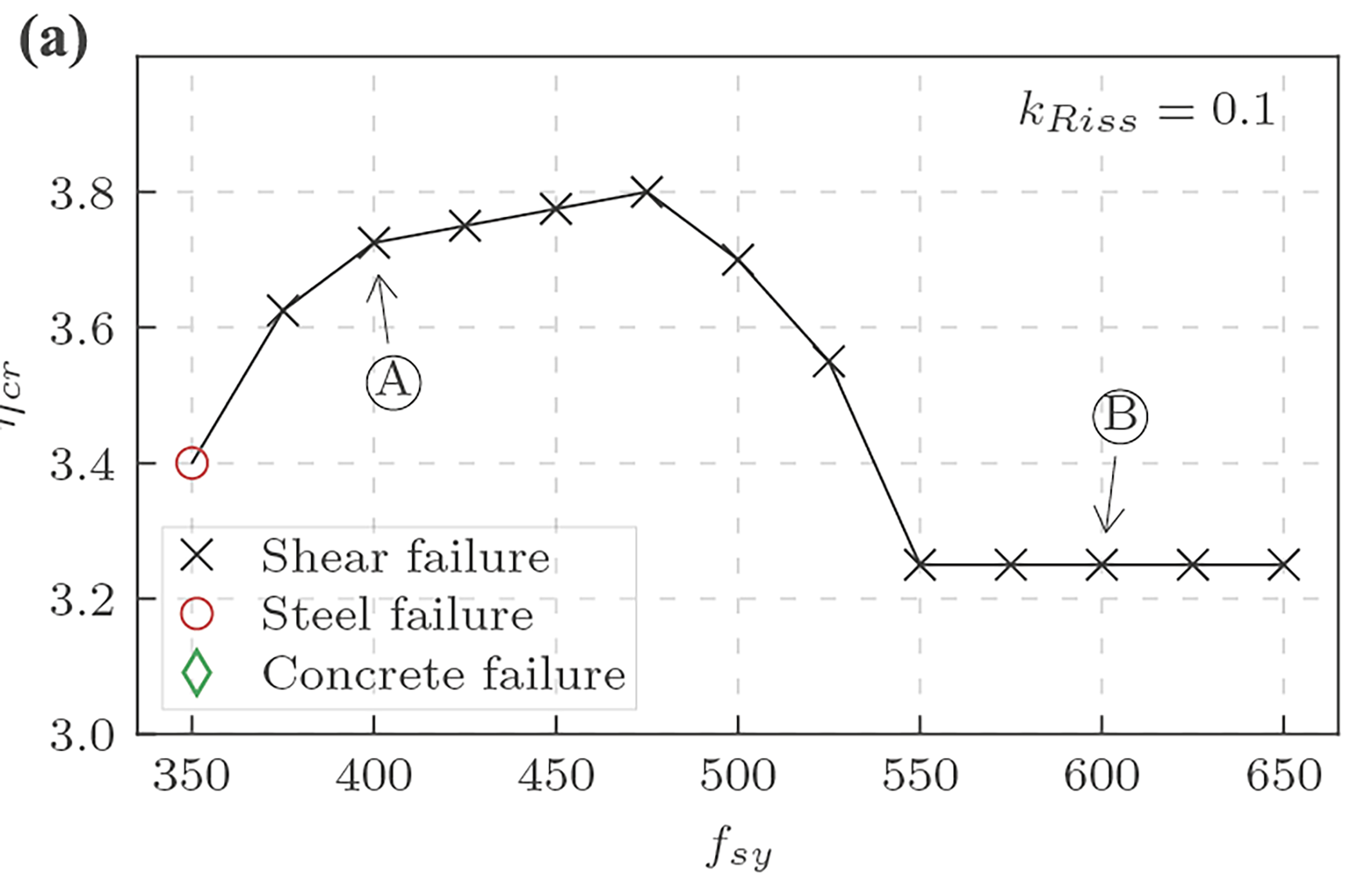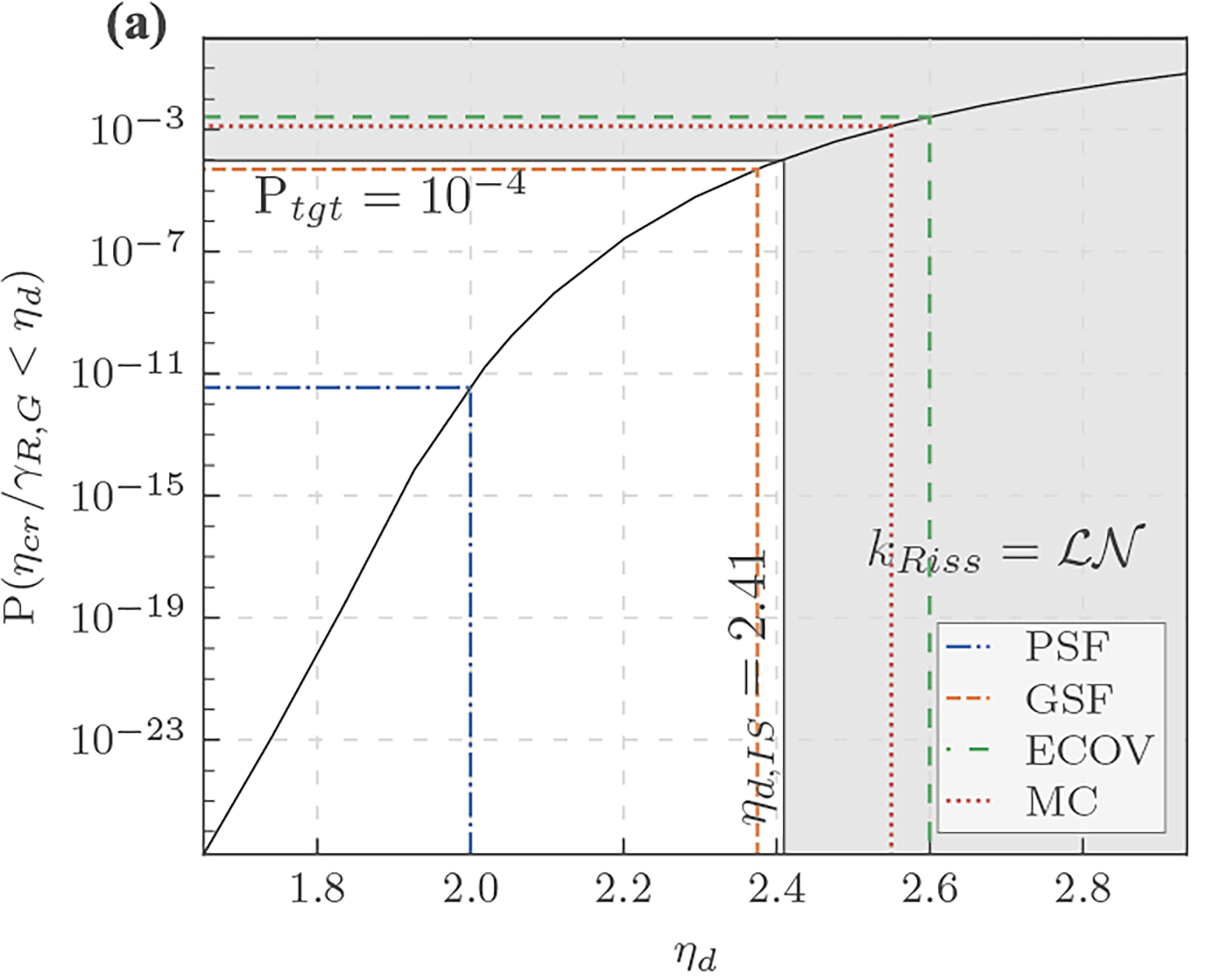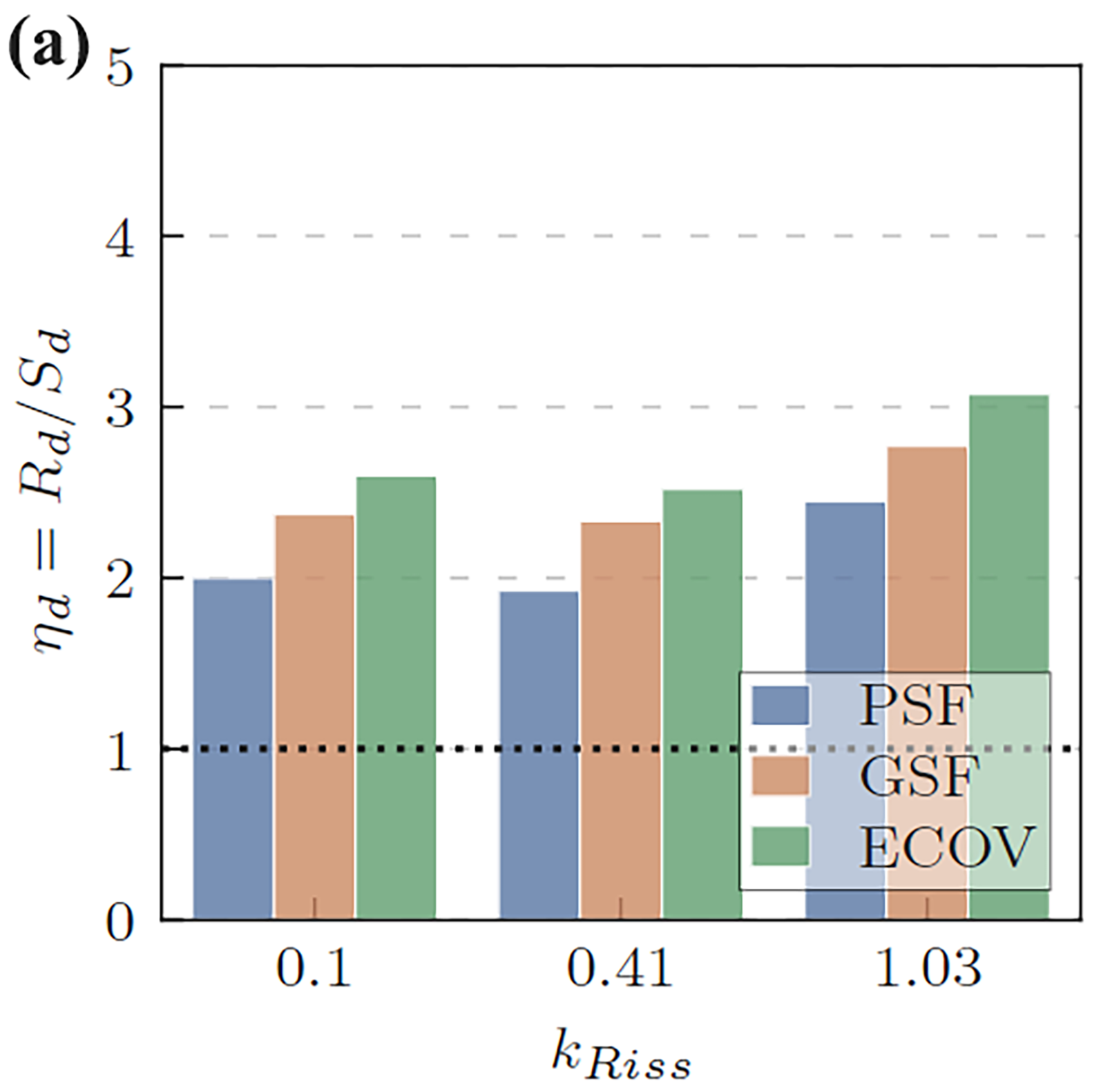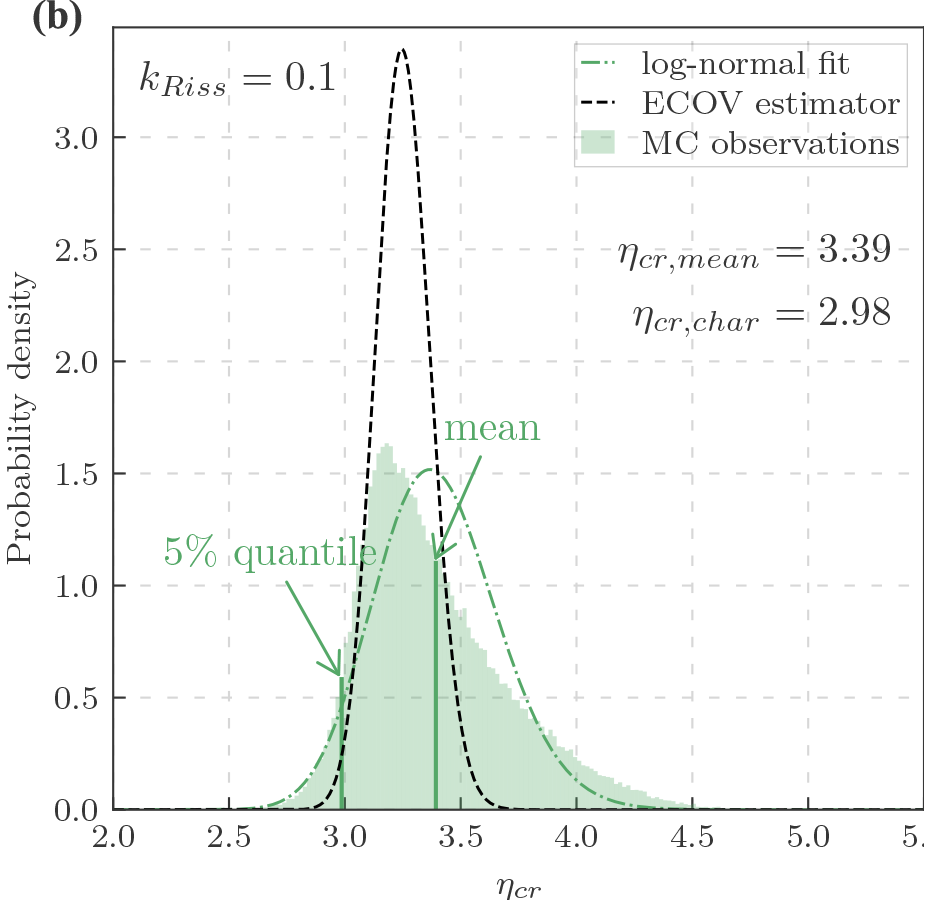Safety formats for nonlinear finite elemente analysis
Author: Flavio Lorez
Language: English
Abstract
Various sources of uncertainty make structural analysis a probabilistic problem. Safety formats attempt to guarantee the targeted reliability in a deterministic way, allowing the design and verification of structures without the need for sophisticated probabilistic methods. Most often, the problem is addressed by introducing partial safety factors to reduce the material strength used to verify structures. On the example of a nonlinear finite element model in ANSYS APDL using CMM-Usermat, the applicability and performance of different safety formats (PSF, GSF, ECOV) for nonlinear analysis is tested, and their performance is assessed by comparing the obtained safety margins to a full probabilistic assessment.
A Monte Carlo Simulation is used to enlighten the resistance distribution and quantify the probability that the true structural resistance undercuts the design resistances provided by the deterministic safety formats.
The study shows that only the partial safety factor format achieves the targeted reliability but is over-conservative. The effect of multiple material parameters on the model response is also studied. In nonlinear models, variability in properties such as the material strength can lead to significant changes in the load-bearing behaviour of the model. Indeed, it is shown that supposedly better steel properties can lead to a reduced global resistance by disallowing the redistribution of shear forces.




